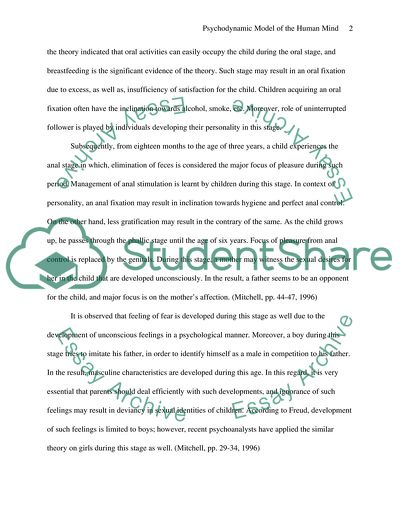Cite this document
(“Psychodynamic Model of the Human Mind Essay Example | Topics and Well Written Essays - 2250 words”, n.d.)
Retrieved from https://studentshare.org/psychology/1549161-psychodynamic-model-of-the-human-mind
Retrieved from https://studentshare.org/psychology/1549161-psychodynamic-model-of-the-human-mind
(Psychodynamic Model of the Human Mind Essay Example | Topics and Well Written Essays - 2250 Words)
https://studentshare.org/psychology/1549161-psychodynamic-model-of-the-human-mind.
https://studentshare.org/psychology/1549161-psychodynamic-model-of-the-human-mind.
“Psychodynamic Model of the Human Mind Essay Example | Topics and Well Written Essays - 2250 Words”, n.d. https://studentshare.org/psychology/1549161-psychodynamic-model-of-the-human-mind.


